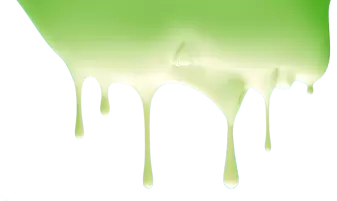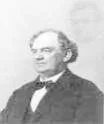 Welcome to our spirit photography section...
Welcome to our spirit photography section...
Spirit photography or "spiritography," as some call it, is the practice of producing photographs that reveal the spirits of deceased people.
Spirit photography can have several meanings when one researches its history. Spirit photography and its close association with spiritualism of the late 1800s and early 1900s is just one example. Started in America, the Spiritualist Movement actually began in the mid-1800s during the time of the rise of Transcendentalism, continuing in popularity until the early 1900s. The movement also saw a resurgence right after World War I. Mediums would purportedly communicate with a person’s lost loved ones, but many of the spiritualists turned out to be frauds. Part of the “parlor trick” was to convince the grieving (and paying) patron that indeed paranormal phenomena was occurring in the room from their deceased loved one.
During the séance which was held in a dimly lit room, it was not uncommon for ghostly messages from the dead to be accompanied with levitating and moving objects, ghost voices, apparitions and other ghostly tricks to aid in convincing the paying customer that they were having the experience of a lifetime. Many of these fraudulent mediums were exposed by skeptics, none greater than magician Harry Houdini himself, who detested the easily recognizable trickery. Not all spiritualists were dishonest however, as the Spiritualist Movement eventually influenced "Pentecostal" or charismatic sects within Christianity. (See: Mediums & Ectoplasm.)

Capturing Ghosts on Film
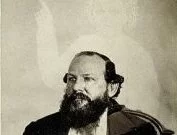
William Mumler
Arthur Conan Doyle Ghost Photographs
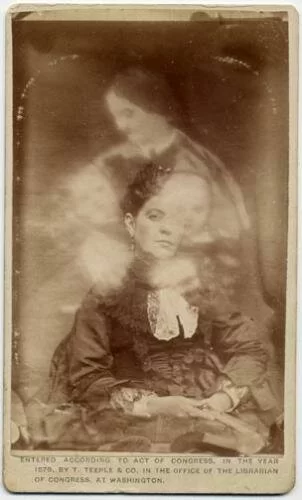
Spirit Pictures
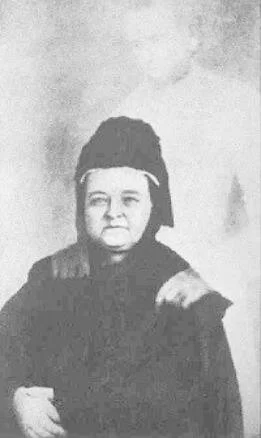
Spirit Pics
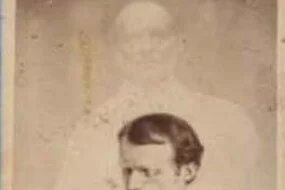
Spirit Photos
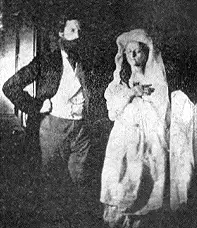
Spirit Photographs

Ghost Club
The Rise of Spirit Photography
During this time, spirit photography also was on the rise and first occurred quite by accident. Photographers noticed that during a long exposure, if a person moved in and out of the camera range, it would be recorded as a ghostly presence.
One such artist, Sir David Brewster, produced these photographs for entertainment purposes, and published a book about what he deemed 3D photography in 1865 entitled, The Stereoscope. The first spirit photography to be claimed as “authentic” however, came from William Mumler in 1862 when he produced his first spirit photographs. Mumler taught that spirits could imprint their images on film, thus producing a faint, floating ghostly image beside loved ones. Mumler was eventually accused of fraud through a court trial with testimony brought against him by PT Barnum, ironically a famous circus owner (Mr. Barnum's faux photo with Lincoln is up top of this page).
It seems after every war, spirit photography experienced a surge in popularity, due in part to families seeking proof of immortality for their loved ones lost in battle. This happened quite a bit after the Civil War, and saw a similar peaked interest after World War I when photographers would add images of loved ones, lost to the war, into photographs with their family. At the time, this was not claimed to be spirit photography, but certainly demonstrates the capabilities of photographers from that era in superimposing images from one photograph onto another. (See examples of this: Arthur Conan Doyle Ghost Photographs.)
 The first examples of spirit photography were done by double-exposure. These photographs typically have a person sitting or standing still, with a see-through ghost appearing behind them. The ghost was easily created by having the subject remain still, while another person (dressed as a ghost) would slip behind them and into the picture for a shorter amount of time than the camera shutter remained open. As photographic technology grew, the photographer could create better spirit photographs by simply superimposing a ghostly image onto the plate before taking the photograph with the living person. Sometimes this was also done as a means of trickery, in claiming special psychic and spiritual photography abilities, all for a fee of course.
The first examples of spirit photography were done by double-exposure. These photographs typically have a person sitting or standing still, with a see-through ghost appearing behind them. The ghost was easily created by having the subject remain still, while another person (dressed as a ghost) would slip behind them and into the picture for a shorter amount of time than the camera shutter remained open. As photographic technology grew, the photographer could create better spirit photographs by simply superimposing a ghostly image onto the plate before taking the photograph with the living person. Sometimes this was also done as a means of trickery, in claiming special psychic and spiritual photography abilities, all for a fee of course.
(Spirit photo seen here used with the permission of collectors, Jack and Beverly of "A Collection of Collections." This fine spirit photography example was made by Carl Meinerth of Newberyport, Massachusetts. The bearded man behind the elderly lady is presumed to be her husband in spirit.)
Other Forms of Spirit Photography
In the 1900s spirit photography also took on some other forms. One form of spirit photography is actually known as thoughtography (projected thermography). Thoughtography is when special psychic abilities are used to place either a mental image, or to bring forth psychic images from the spirit world onto a camera's film.
In the early 1900s, a professor of psychology, Tomokichi Fukurai began working with clairvoyants to mentally burn images from the mind onto photographs.
In the 1960s, Ted Serios claimed to be able to burn mental images onto Polaroid film, while others, such as Uri Geller in the 1990s, claimed to be able to burn mental images onto 35mm film while the camera cap was still over the lens.
Some of these men have been called frauds, yet some ghost hunters say the technique does indeed work if a good psychic is adept at creating this type of spirit photography. Many credible, famous paranormal investigators such as Hans Holzer have successfully used what they deem as psychic photography. By using mediums who are able to receive and burn images of the ghosts haunting a particular location, these paranormal investigators have used this technique to assist in capturing information to prove and resolve many a haunting.

